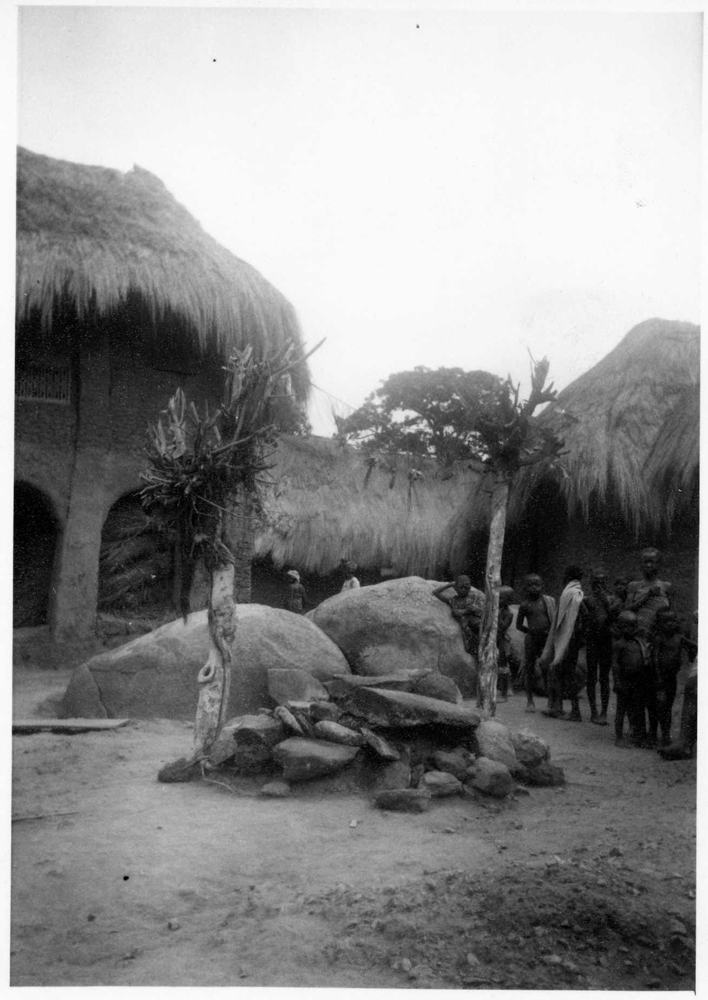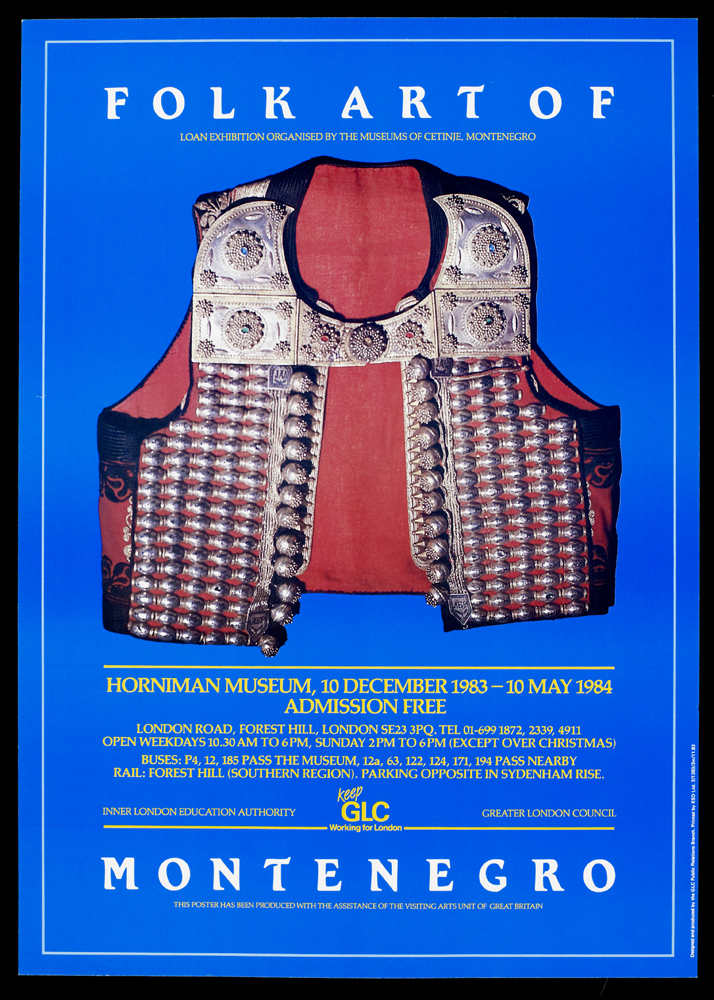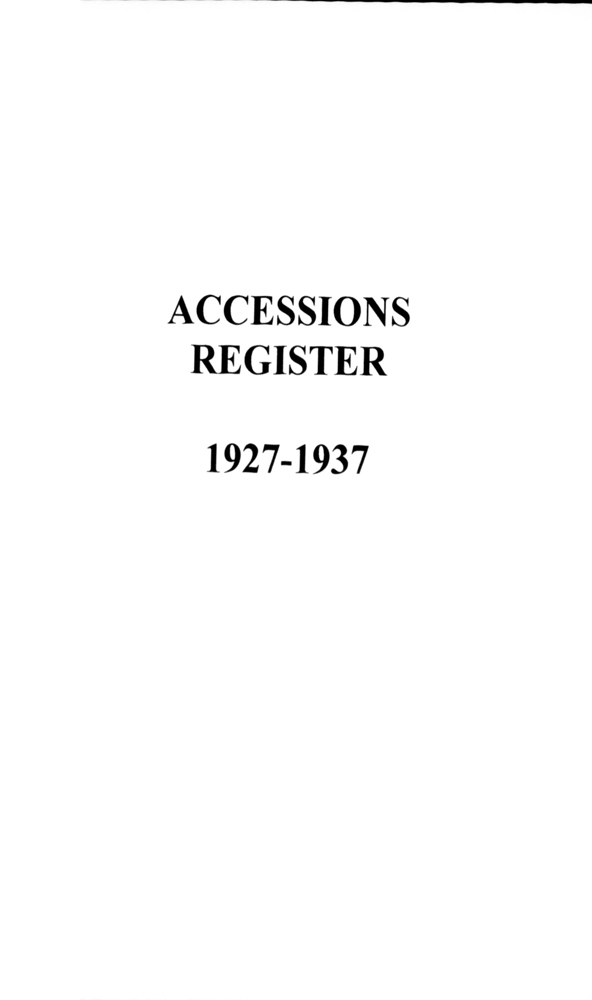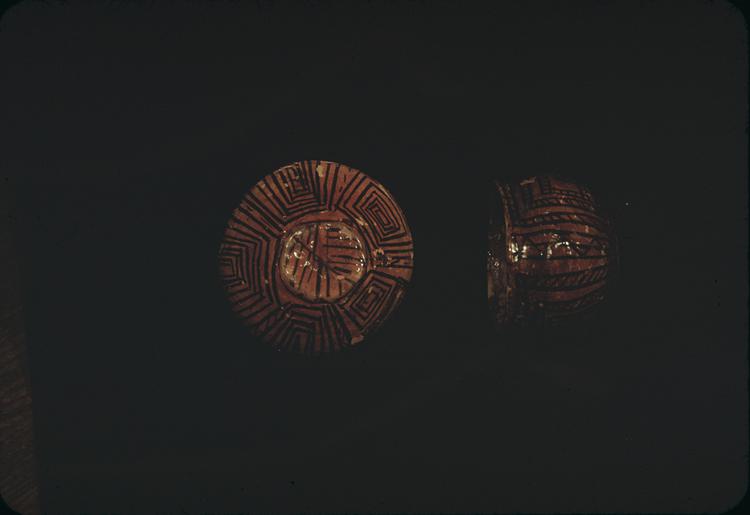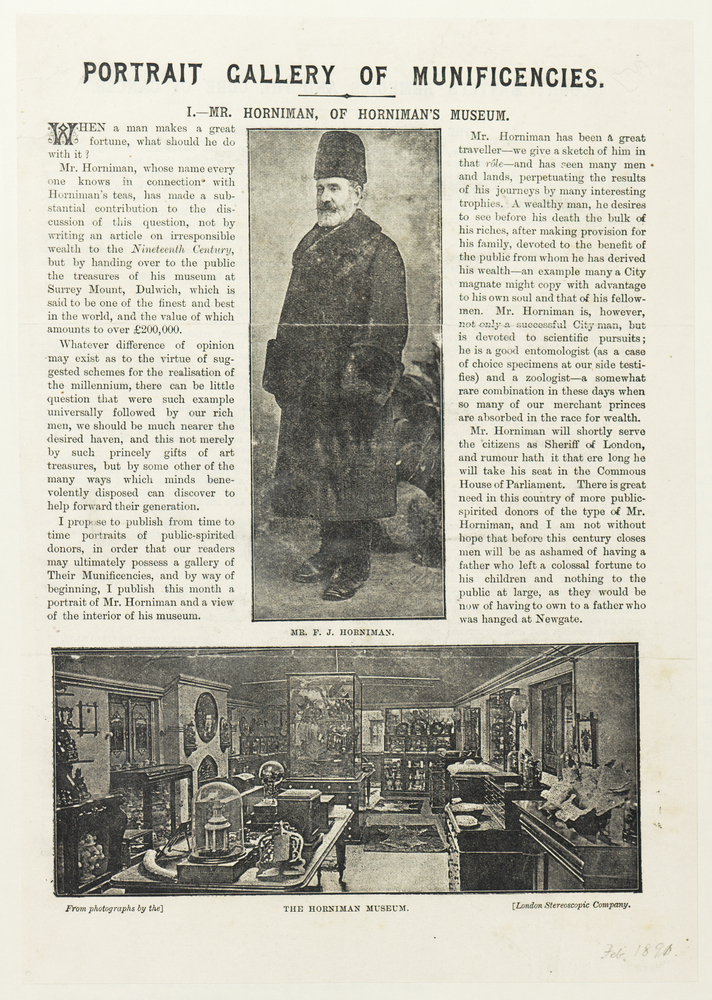
One newspaper article intended as a short presentation of Mr. Horniman and the contribution he made to the educational and cultural life of London and the surrounding region. As the first portrait of a longer series, the article starts from the question: “When a man makes a great fortune, what should he do with it?” In this context, Mr. Horniman’s actions to open the Surrey House and its treasures to the public, as a Museum, is given as a positive example to be followed by other rich men. The estimated worth of the Surrey House Museum was of £200,000 at that time.
The second part of the article draws a brief personal and professional portrait: Mr. Horniman has made his fortune from tea, travelled extensively and collected significant objects from everywhere he went. He was not only an accomplished businessman, but also a man of scientific interests, such as entomology and zoology. As for public functions, Mr. Horniman was expected to serve as Sheriff of London and maybe even take his seat in the House of Commons in Parliament.
The article features 2 photographs printed from originals made by the London Stereoscopic Company. The first one is a standing portrait of F. J. Horniman in winter dress; the second one is the image of one room from the Horniman Museum.



